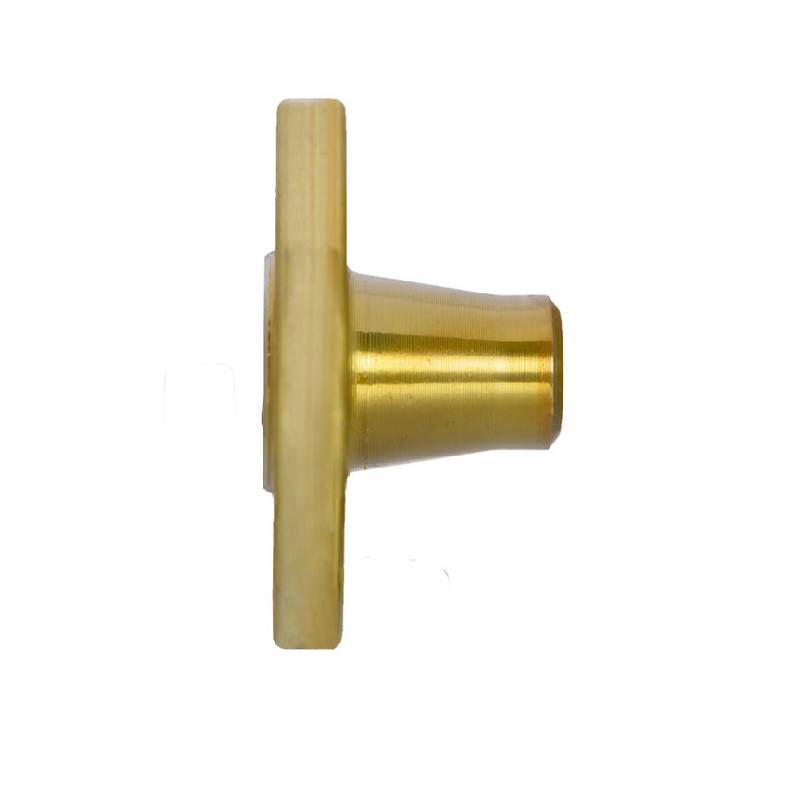-
Cangzhou Yulong Steel Co., Ltd.
-
Phone:
+86 13303177267 -
Email:
admin@ylsteelfittings.com
- English
- Arabic
- Italian
- Spanish
- Portuguese
- German
- kazakh
- Persian
- Greek
- French
- Russian
- Polish
- Thai
- Indonesian
- Vietnamese
- Zulu
- Korean
- Uzbek
- Hindi
- Serbian
- Malay
- Ukrainian
- Gujarati
- Haitian Creole
- hausa
- hawaiian
- Hebrew
- Miao
- Hungarian
- Icelandic
- igbo
- irish
- Japanese
- Javanese
- Kannada
- Khmer
- Rwandese
- Afrikaans
- Albanian
- Amharic
- Armenian
- Azerbaijani
- Basque
- Belarusian
- Bengali
- Bosnian
- Bulgarian
- Catalan
- Cebuano
- China
- China (Taiwan)
- Corsican
- Croatian
- Czech
- Danish
- Esperanto
- Estonian
- Finnish
- Frisian
- Galician
- Georgian
- Kurdish
- Kyrgyz
- Lao
- Latin
- Latvian
- Lithuanian
- Luxembourgish
- Macedonian
- Malgashi
- Malayalam
- Maltese
- Maori
- Marathi
- Mongolian
- Myanmar
- Nepali
- Norwegian
- Norwegian
- Occitan
- Pashto
- Dutch
- Punjabi
- Romanian
- Samoan
- Scottish Gaelic
- Sesotho
- Shona
- Sindhi
- Sinhala
- Slovak
- Slovenian
- Somali
- Sundanese
- Swahili
- Swedish
- Tagalog
- Tajik
- Tamil
- Tatar
- Telugu
- Turkish
- Turkmen
- Urdu
- Uighur
- Welsh
- Bantu
- Yiddish
- Yoruba

Oct . 16, 2024 01:41 Back to list
Different Gasket Materials and Designs for Flanged Connections in Industrial Applications
Types of Gaskets for Flanges
Gaskets are critical components in mechanical applications, particularly when it comes to sealing flanged joints in piping systems. Their primary purpose is to prevent the leakage of fluids or gases between two mating surfaces. A well-designed gasket can provide a reliable seal, minimizing the risk of contamination and loss of pressure. Understanding the different types of gaskets is essential for selecting the right one for a specific application. Here, we will explore various types of gaskets used for flanges, their materials, and their applications.
1. Spiral Wound Gaskets
Spiral wound gaskets are particularly popular in high-pressure and high-temperature applications. They consist of alternating layers of metal and soft filler material, which lends them flexibility while maintaining strength. The typical metal used is stainless steel, while the filler is often made from graphite or PTFE (polytetrafluoroethylene). Their unique construction allows them to accommodate surface irregularities, making them ideal for flanges with poor flatness. Spiral wound gaskets are commonly used in refineries, chemical plants, and power generation facilities.
2. Soft Gaskets
Soft gaskets, which include materials like cork, rubber, and gasket-making compounds, are often used in applications with lower pressure and temperature requirements. Rubber gaskets, for example, are highly versatile and available in various compounds, including nitrile, EPDM, and silicone, to withstand different chemical environments. Cork gaskets are also widely used in applications where a moderate level of compressibility is necessary. These soft gaskets are commonly found in piping systems, heating equipment, and as sealing elements for automotive parts.
Metal gaskets, such as those made from solid metal or rigid materials, are designed for extreme conditions where flexibility is not as crucial. These gaskets are resilient and provide excellent longevity, making them suitable for applications involving high temperatures and pressures. A common type of metal gasket is the ring joint gasket, made from materials like carbon steel or alloy steels. They provide an airtight seal and are frequently used in oil and gas pipelines, high-pressure vessels, and various industrial applications.
types of gaskets for flanges

4. PTFE Gaskets
Polytetrafluoroethylene (PTFE) gaskets are known for their chemical resistance and high-temperature tolerance. These gaskets are non-reactive and can withstand a wide range of substances, making them ideal for applications in the pharmaceutical and chemical industries. PTFE gaskets can be used as standalone seals or combined with other materials for enhanced performance. Additionally, they offer good electrical insulating properties and are often utilized in electrical applications.
5. Graphite Gaskets
Graphite gaskets are composed of layers of flexible graphite, which gives them excellent thermal and chemical resistance. They can withstand extreme temperatures and pressures, making them suitable for high-performance applications, including steam and high-pressure systems. Their ability to withstand thermal cycling and their self-lubricating properties make graphite gaskets ideal for use in power plants and chemical processing environments.
6. Compressed Fiber Gaskets
Compressed fiber gaskets are made from various fibrous materials bound together with a resin. This type of gasket is particularly effective in applications involving steam, oil, and gas. They are less expensive than other types and offer decent compressibility and recoverability. These gaskets are commonly used in automotive applications, heating systems, and waterworks.
Conclusion
The choice of gasket for a flange connection is critical to the longevity and efficiency of the system. Each type of gasket presents its own set of advantages and disadvantages, tailored to specific applications. By understanding the properties and suitable applications of spiral wound, soft, metal, PTFE, graphite, and compressed fiber gaskets, designers and engineers can optimize their systems for performance and reliability. Proper selection not only ensures a tight seal but also enhances the overall safety and operational efficiency of piping systems across various industries.
Latest news
-
ANSI 150P SS304 SO FLANGE
NewsFeb.14,2025
-
ASTM A333GR6 STEEL PIPE
NewsJan.20,2025
-
ANSI B16.5 WELDING NECK FLANGE
NewsJan.15,2026
-
ANSI B16.5 SLIP-ON FLANGE
NewsApr.19,2024
-
SABS 1123 FLANGE
NewsJan.15,2025
-
DIN86044 PLATE FLANGE
NewsApr.19,2024
-
DIN2527 BLIND FLANGE
NewsApr.12,2024
-
JIS B2311 Butt-Welding Fittings LR/SR 45°/90° /180°Seamless/Weld
NewsApr.23,2024











